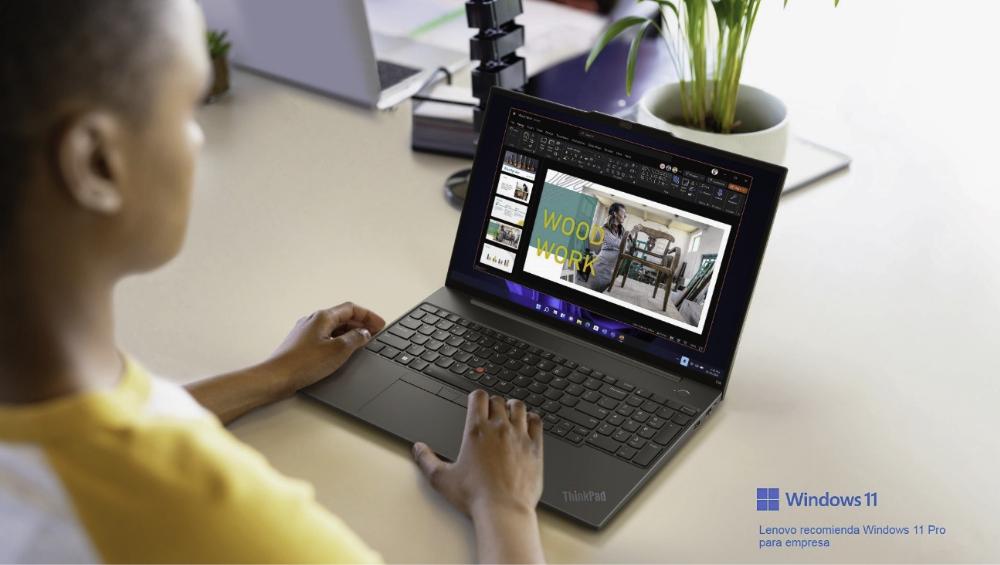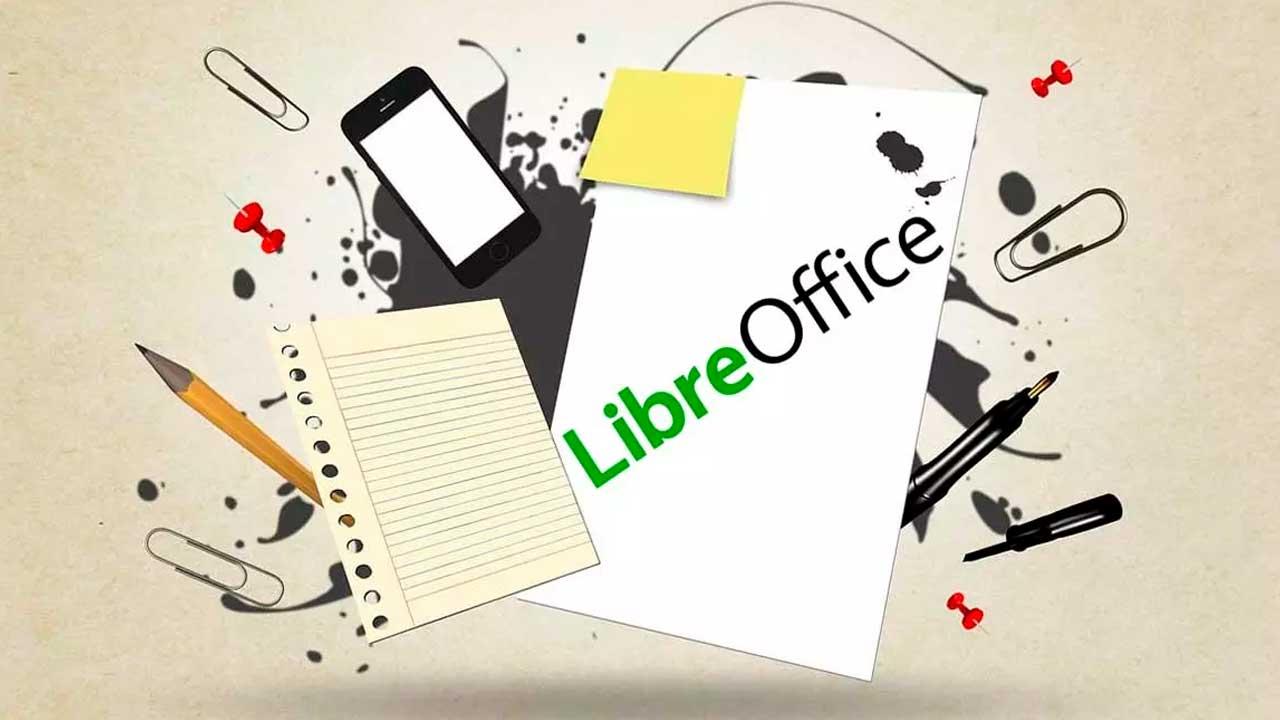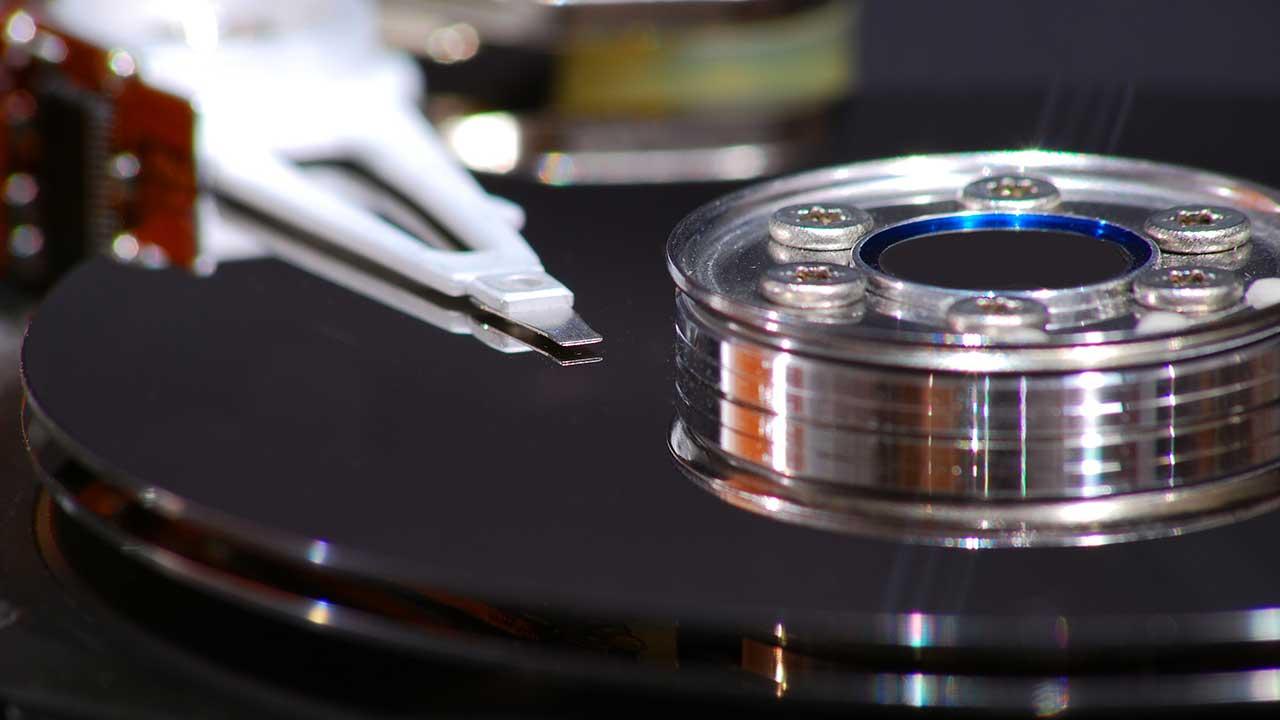Lenovo is a manufacturer that is not only dedicated to the production of powerful, reliable and durable equipment. His vision of technology, and how it can change the world (for the better) does not only focus on the potential uses of these same devices. It also involves responsible use of technology, making decisions in favor of the environment and, ultimately, establishing a dynamic of cross-knowledge, for the sake of sustainability and to fight against climate change.
We are living in historic moments in which both technology itself and its applications and uses are capable of having a significant impact and changing things. But we also find ourselves in an era in which the needs of the future do not just involve creating more powerful devices. But it involves leaving the temperatures at the end of the century, which have been increasing significantly, at a safe threshold.
One of the keys to stopping climate change, and which is part of the measures that Lenovo is already carrying out, is the choice of more sustainable technologies. We are also going to inform you about the climate policies and actions that are already being implemented, and we will also explain the importance of the circular economy, within the company’s purposes. All of this, with a clear purpose, to align and meet the objectives of net zero emissions in the year 2050.
Furthermore, Lenovo is not alone in this new adventure. Microsoft is one of its great allies. Not only in terms of being the ones who design and implement the Windows 11 operating system for laptops. But, side by side, they also carry out sustainability and environmental and climate protection initiatives.
Choosing more sustainable technologies
When we think of a computer, a phone or a tablet, we directly imagine the complete product. But for the manufacture of these, there are many elements that are created separately and that, in their final form, act together.
Every technological product needs energy to be powered. And precisely, this energy saving factor is one of the pillars to mitigate climate change. Regarding Lenovo technology, efficient energy consumption is based on the following key points and milestones that they have already managed to achieve:
- The entire range of Lenovo ThinkPad and ThinkCentre are Energy Star certified
- 97% of Lenovo ThinkVision monitors are also Energy Star certified
- In 2021, 27 Lenovo monitor models were recognized as “ENERGY STAR Most Efficient”.
However, energy saving is not the only formula used at Lenovo, for the sake of sustainability. Also, energy production is something very important to take into account, facing the goal of net zero emissions in 2050. Together with strategic partners such as Intel, the processor company already uses 93% renewable sources to produce the necessary energy to manufacture, in the United States, Israel and Malaysia, with a goal of 100% by 2030.

Climate actions and greenhouse gas reduction
In the field of greenhouse gases, CO2 being one of the most important, Lenovo has also reinforced its commitment to reducing emissions. Looking towards the net emissions objectives for the year 2050, the company has already started a first path whose first objective is set in the year 2030, and whose figures are presented as follows:
- 50% reduction in Scope 1 gas emissions
- 66.5% reduction in Scope 3 gas emissions at suppliers
- 35% reduction in Scope 3 gas emissions in products sold
- 25% reduction in Scope 3 gas emissions in shipping and transportation
Lenovo is the first business conglomerate to have received net-zero validation from the SBTi, making it the first manufacturer of PC computers and mobile phones, as well as one of the few companies in the sector, with objectives validated by the Net-Zero standard. .
Circular economy as a positive impact
So far we have seen the different smart technologies to reduce environmental impact, and Lenovo’s climate goals. In this third section, we are going to explain how the company applies the circular economy, to further reduce its impact on the environment.
The choice of recycled materials is a priority when manufacturing products, with plastic being one of those that has marked a significant figure, reaching 7.7 million tons of recycled ocean plastic in 2021. And if we focus on reductions in CO2 emissions directly related to manufacturing processes, low temperature welding assembly technology has allowed savings of 10,000 metric tons of CO2. Everything is related.

Looking to the year 2025, Lenovo has set the goal of reaching 362.9 thousand tons of recycled materials, directly taken from products and devices that have already ended their useful life.
Regarding Lenovo products that may end their useful life, repair is one of the cornerstones. Lenovo’s goal is that 84% of its PC repairs can be carried out directly by the end consumer, and with 76% of repaired parts that can be sent to headquarters to be used again.
Lenovo and Microsoft, the perfect tandem
Lenovo makes the hardware. Microsoft provides the software. Both companies are part of the same end device, but they are also part of the same objectives: sustainability and the fight against climate change.

For the Redmond company, its goals for reducing emissions and reducing environmental impact include becoming carbon negative by 2030. Through six fundamental pillars, Microsoft has channeled its path to combating change. climate.
Improved energy efficiency, packaging with new materials, the use of recycled and more easily recyclable materials, improved equipment repairability, reduction of greenhouse gases in manufacturing processes, as well as the disclosure of values to promote these measures, They are the most important thing to continue in the best line of the evolution of technology: the one that will allow us to live in a much better future.













